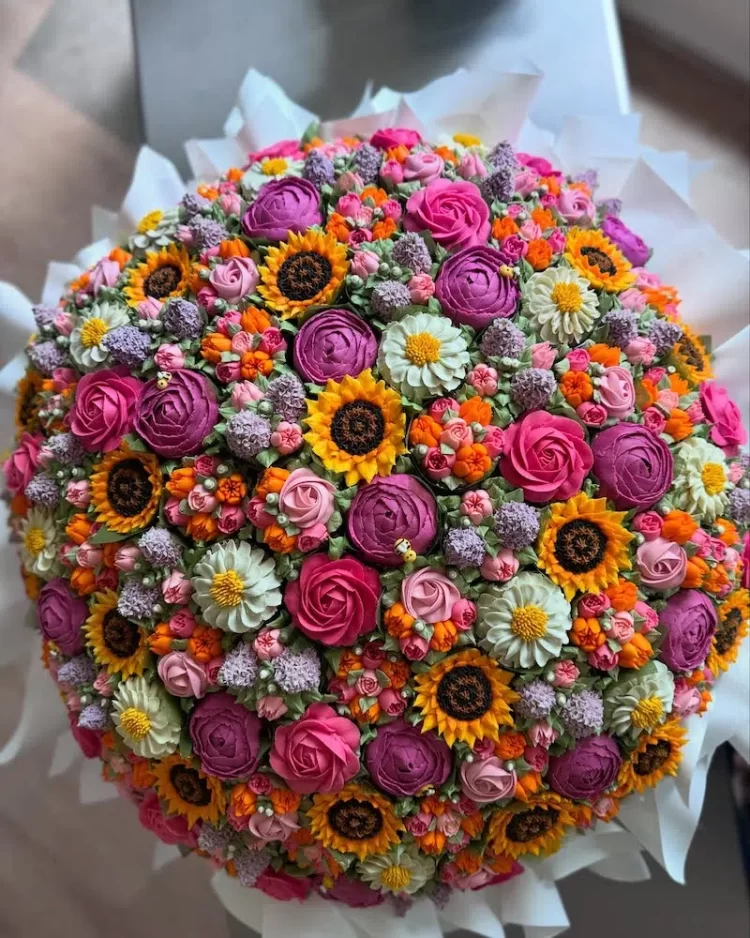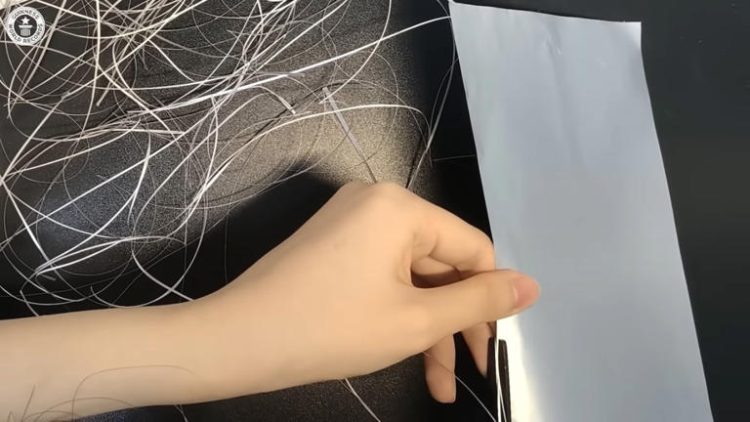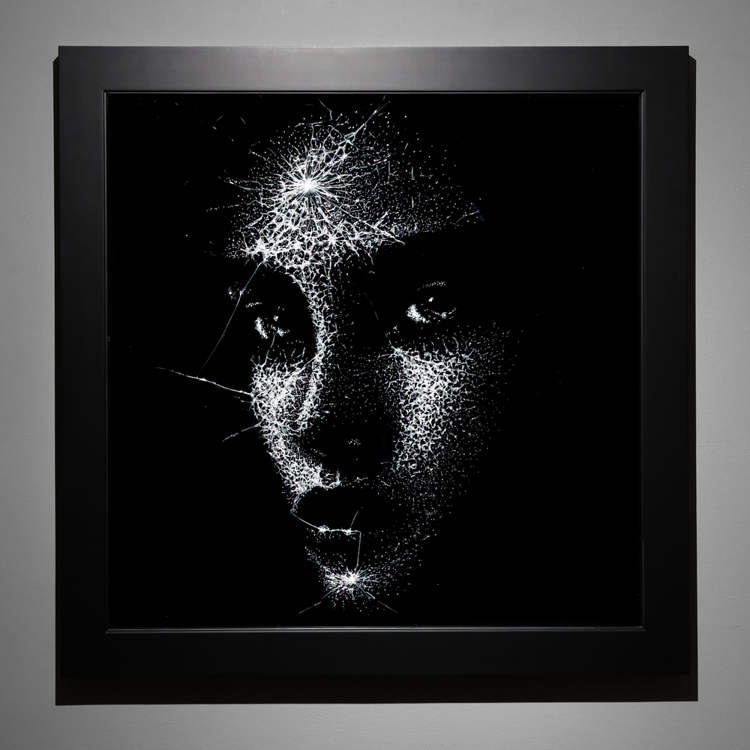Korean artist Hyung Jin Park uses photographs as inspiration to create equally realistic paintings of young Asian women. He generally paints bust-length portraits of a monumental scale, up to seven feet high, depicting women at close range. The hair, lips, eyes and skin are painted with a high level of precision, making them unbelievably real. His photorealistic technique is so accurate that once he completes a piece, it’s almost impossible to tell if it’s a high-resolution photograph or a painting.
But Park’s work can be identified if you are aware of his signature style. He often makes distortions of the women he’s painting, like enlarging the eyes or shrinking the chin, to give them an otherworldly look. He also gives the women a universalized, glazed appearance, softening features just like in Oriental ceramics. So his paintings do appear to be like photographs, but they’re also rather surreal. And although the artist chooses his subjects from among his students, the women in his paintings are really quite different from the real-life inspiration.
Park, who was born in 1970, earned an M.F.A from Hansung University, in his hometown Seoul. He studied academic painting, photography, and Oriental art at school. His paintings were first exhibited in Seoul, and later in Beijing, before gaining recognition in the U.S. His first solo exhibition took place at New York’s Bernarducci Meisel Gallery through their First Look program – the show was so successful that he now enjoys full representation.
Park’s work has its roots in his childhood, which he mostly spent fishing on the banks of the Han River in Seoul. He would keenly observe nature and the things around him during these fishing trips, and longed to portray all his observations in his art. Today, Park integrates many schools of art into his work – ancient, medieval, modern, contemporary and Eastern.
For most of his career, Park has been captivated with the notion of ‘idealistic beauty’, which he explores through his luminous portraits of young female subjects – achieving an uncanny balance between lifelike and ideal. Through his paintings, he also explores the effects of light and shadow on the subject’s appearance. His work has been called a ‘naturalistic study in visual perception’.
Because of his unique mode of expression, Park has been successful in creating paintings with an almost three-dimensional quality and a sense of movement. He uses vivid colors, making sure that the various forms he paints are distinctly defined. Park’s expertise ensures a sense of harmony in his paintings, a sense of oneness and unity among divergent forms.
Photos: Hyung Jin Park
Sources: Artsy, Fine Art Connoisseur


















